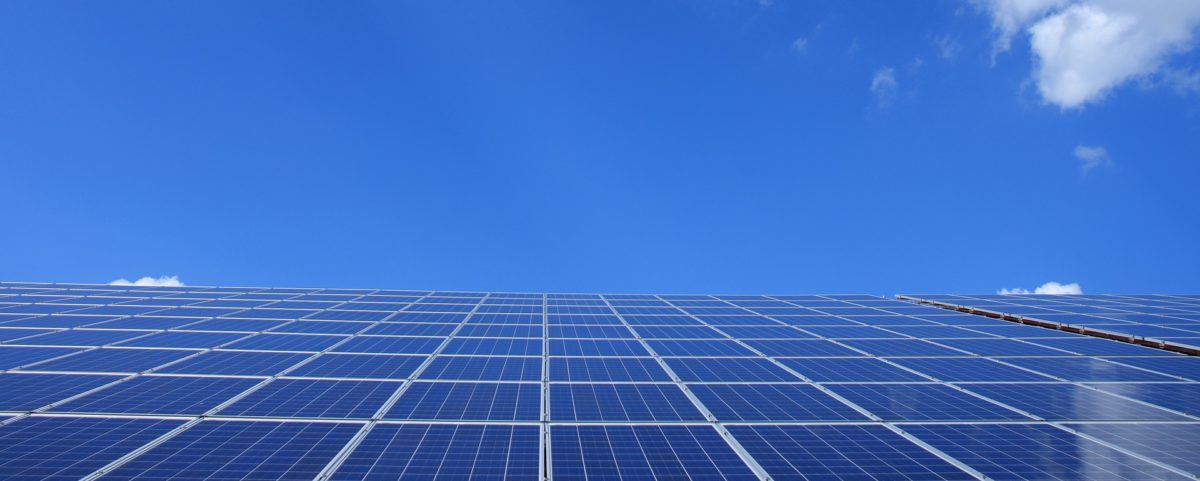The news that around the world offshore wind prices have gone up after several years of decline is disconcerting. But don’t worry too much folks, because history says the prices will come down again.
Here below is a chart from a paper of mine published in 2015 which shows how offshore wind prices (set by the Danish Energy Agency) rose and then fell in the earlier years of offshore wind. There are some good stats on this simply because the Danes were ( to a large extent still are) streets ahead of everyone else in the green energy, especially wind power, stakes.

2015 prices – Source: D. Toke, Renewable energy auctions and tenders: how good are they?, International Journal of Sustainable Energy Planning Management, Vol 8 (2015), pp. 43-56 (page 47)
After the research was done for this 2015 paper offshore wind prices continued to fall, (quite drastically) both in Denmark and also in the UK. But then in 2023 the British Government went out of lockstep with the offshore wind developers, and no contracts were agreed. Rising cost pressures meant that the offshore wind developers were unable to meet the cost demands set by the UK Government. But things will be different next year when the UK Government will allow much higher prices to be bid.
Does this mean we have to live with much higher offshore wind prices in the future? Evidence from the past says no. Turning back to my (2015) chart, the earliest offshore wind schemes were relatively cheap. But then commodity prices (including oil prices) spiked after 2005, before plunging again in the latter part of 2014. Commodity price shifts have a big influence on offshore wind costs since they have a fundamental influence on supply chain costs.
Moving forward today, from the latter part of 2021 to today commodity prices increased greatly (once more). Added to this interest rates (which had been historically at record low levels since 2009) increased from mid-2022. So upward pressures on offshore wind costs have been especially severe.
Throughout all of this, there is a big technological learning curve that has reduced offshore wind costs, especially in the North Sea, through a range of factors. I expect this trend to continue to a greater or lesser extent. Crucially, as commodity prices fall, (and maybe interest rates also come down by one or two points), cost pressures on offshore wind will decline. Just like they did after 2014.
So do not imagine that the maximum bid price set by the UK government for offshore wind for next year’s auctions will become a new norm in the future. Auction prices will fall again. Of course, there is a big cost learning curve yet to come to reduce prices for floating wind turbines, which must be the biggest part of the future for offshore wind.
by David Toke
